OH!WABA (오!바바)
2.4Km 2021-03-19
81, Seosulla-gil, Jongno-gu, Seoul
+82-2-6083-9167
A waffle shop. The best menu at this restaurant is waffle. This is a cafe located in Jongno, Seoul.
Changgyeonggung Palace (창경궁)
2.4Km 2024-10-31
185 Changgyeonggung-ro, Jongno-gu, Seoul
+82-2-762-4868
Located in the heart of Seoul, Changgyeonggung Palace was originally built as Suganggung Palace by the 4th ruler of the Joseon dynasty, King Sejong (r.1418-1450), for his retiring father, King Taejong. It often served as residential quarters for queens and concubines. During the reign of King Seongjong (r.1469-1494), the palace was renovated and renamed to Changgyeonggung Palace. It later became a park with a zoo and a botanical garden during Japanese colonial rule. The palace grounds remained this way until 1983 when restoration of its old grace was completed.
Changgyeonggung Palace Honghwamun Gate (창경궁 홍화문)
2.4Km 2021-05-27
99, Yulgok-ro, Jongno-gu, Seoul
+82-2-762-4868
Honghwamun Gate is the main gate of Changgyeonggung Palace. It has three opening gates in the front and two to the side with a sophisticated locking mechanism.
Chamchi Maeul (참치마을)
2.4Km 2021-03-22
31, Donhwamun-ro, Jongno-gu, Seoul
+82-2-742-1671
This is a restaurant where you can enjoy several parts of tuna. This Japanese (cuisine) restaurant is located in Jongno-gu, Seoul. The most famous menu is sliced raw tuna.
Dolgorae Hoetjip (돌고래횟집)
2.4Km 2021-03-26
101, Yulgok-ro 8-gil, Jongno-gu, Seoul
+82-2-765-3612
A great place for group dining and gatherings. This Korean dishes restaurant is located in Jongno-gu, Seoul. The most famous menu is sliced raw fish.
Yangpyeong Haejangguk (양평해장국)
2.4Km 2021-03-30
48, Sungkyunkwan-ro 4-gil, Jongno-gu, Seoul
+82-2-742-6960
It is a favorite place frequently visited by the residents of Hyehwa-dong. This restaurant's signature menu is hangover soup. This Korean dishes restaurant is located in Jongno-gu, Seoul.
Artbox - Jongno 3(sam)-ga Branch [Tax Refund Shop] (아트박스 종로3가)
2.4Km 2024-04-17
126, Jong-ro, Jongno-gu, Seoul
-
Busan Agujjim Gulbossam (부산아구찜굴보쌈)
2.4Km 2024-10-15
서울특별시 종로구 돈화문로 35
+82-2-764-2373
This is a Korean cuisine located in Jongno, Seoul. The best menu at this restaurant is spicy braised monkfish. Stewed monkfish is a spicy seafood dish made of fish and vegetables.
Olive Young - Geumho Branch [Tax Refund Shop] (올리브영 금호)
2.4Km 2024-04-18
302, Dokseodang-ro, Seongdong-gu, Seoul
-
Korean Museum of Straw and Life (짚풀생활사박물관)
2.4Km 2022-09-15
45, Sungkyunkwan-ro 4-gil, Jongno-gu, Seoul
+82-2-743-8787
Korean Museum of Straw and Life is a private museum dedicated to the collection, research, and display of materials and historical accounts of diverse straws and their uses in Korea. As Koreans' lifestyle in the past heavily depended on agriculture and cultivation of crops, straws and grasses were easily found and had many uses. The museum aims to educate the general public of how different straw were produced and used by Korean ancestors as well as their significance in connection with today's lifestyle.

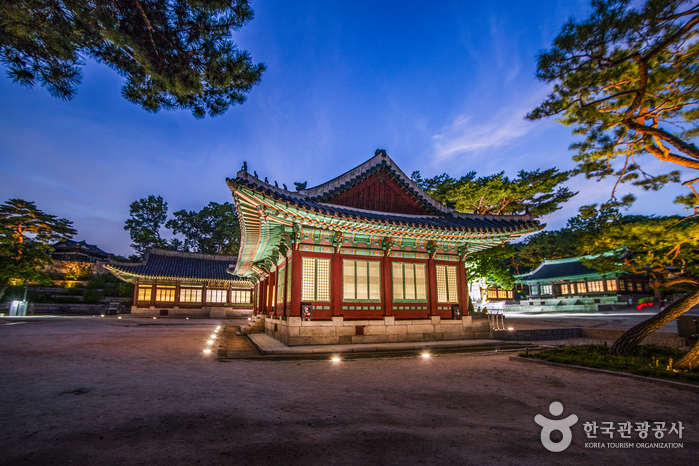
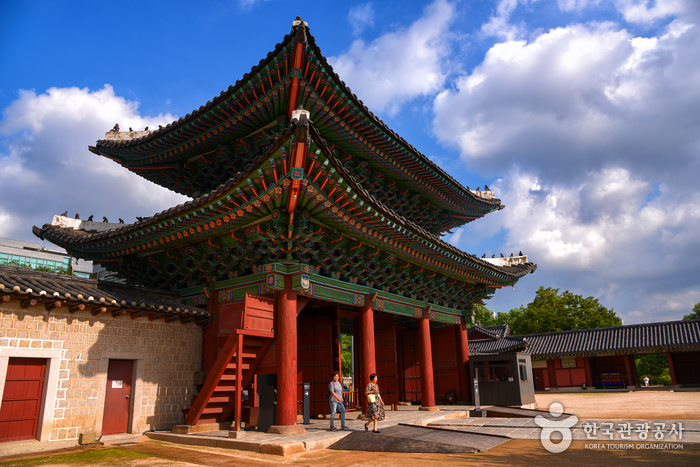
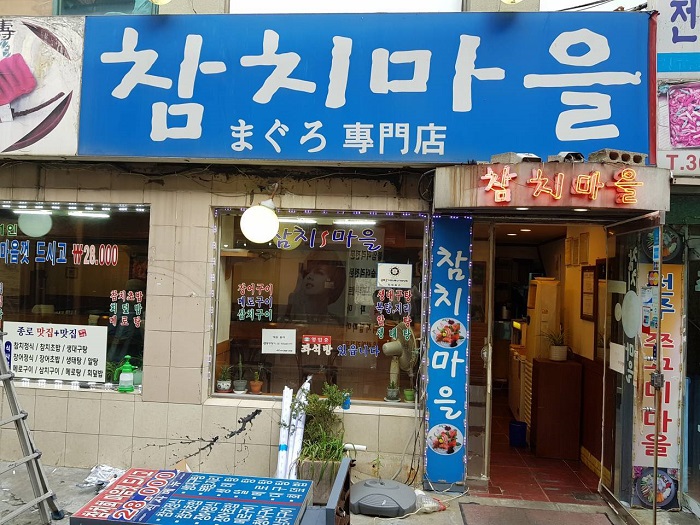
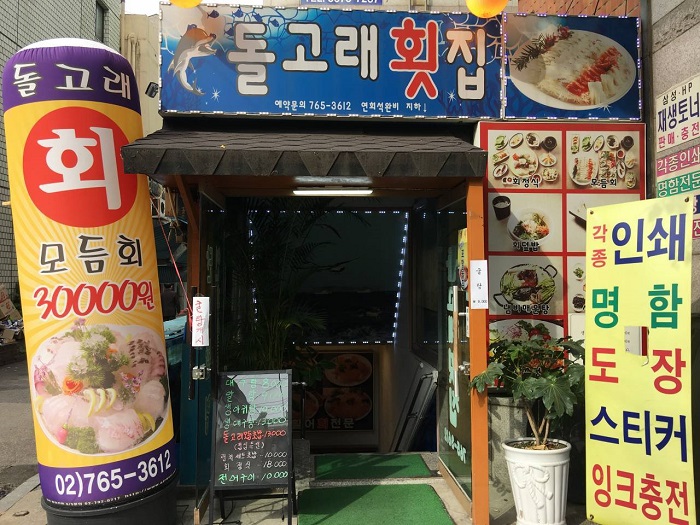
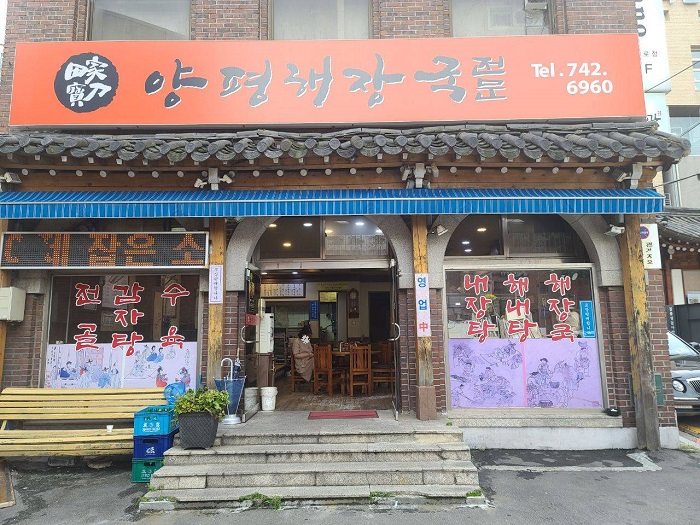

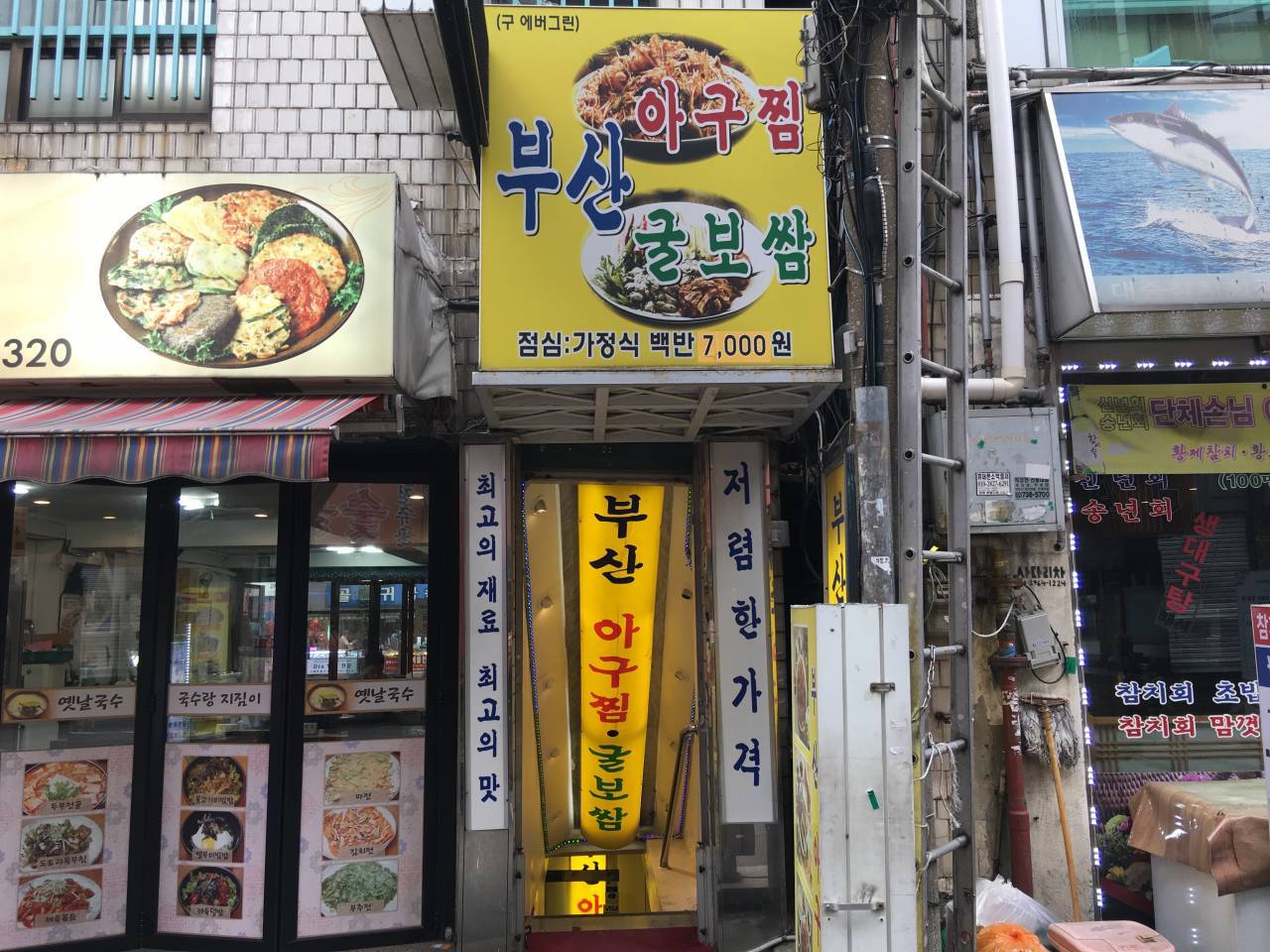
![Olive Young - Geumho Branch [Tax Refund Shop] (올리브영 금호)](http://tong.visitkorea.or.kr/cms/resource/65/2878765_image2_1.jpg)
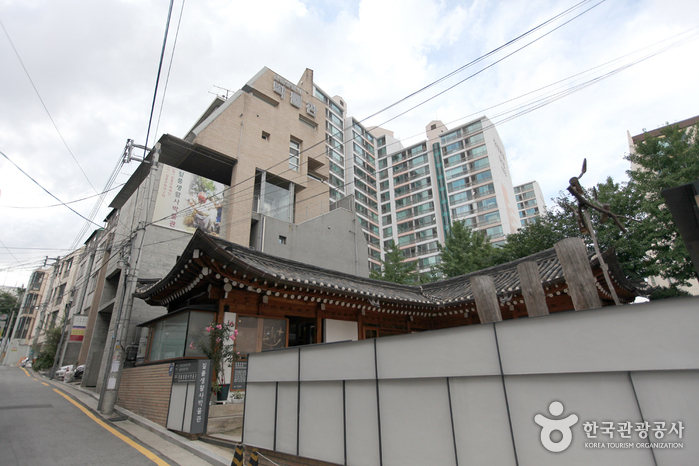
 English
English
 한국어
한국어 日本語
日本語 中文(简体)
中文(简体) Deutsch
Deutsch Français
Français Español
Español Русский
Русский